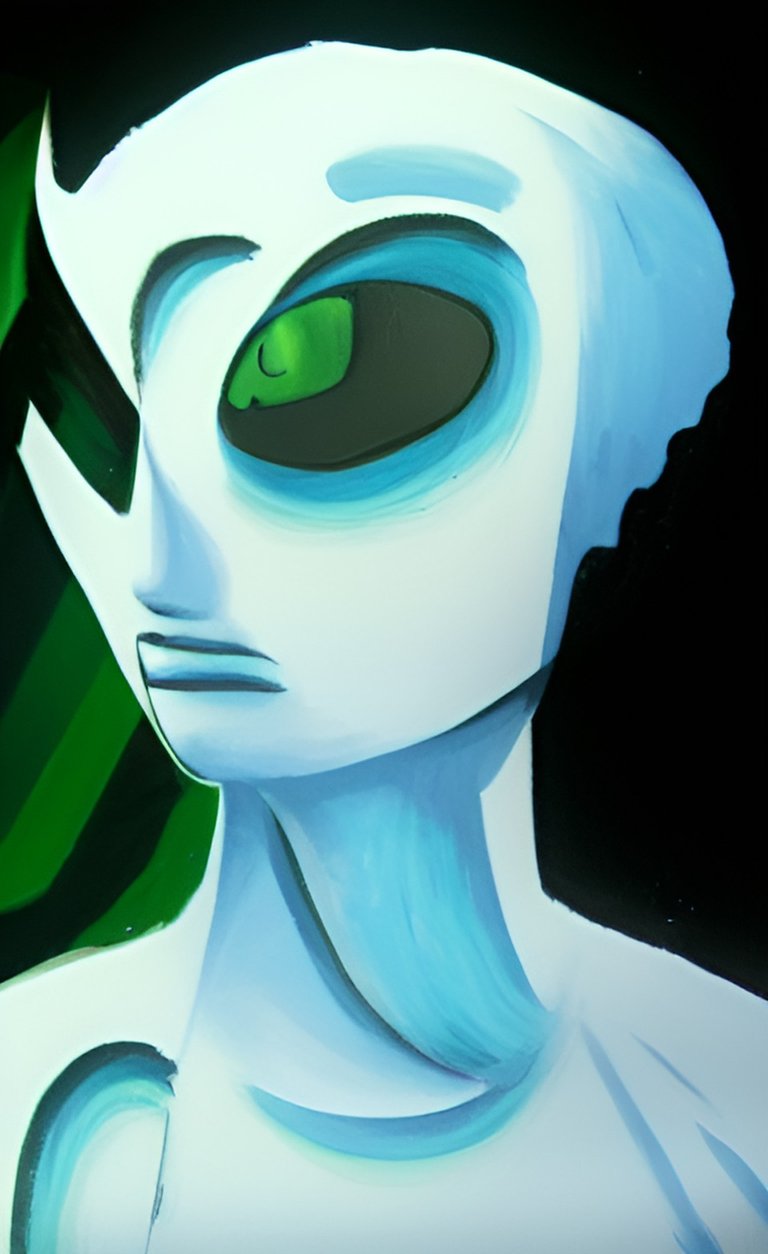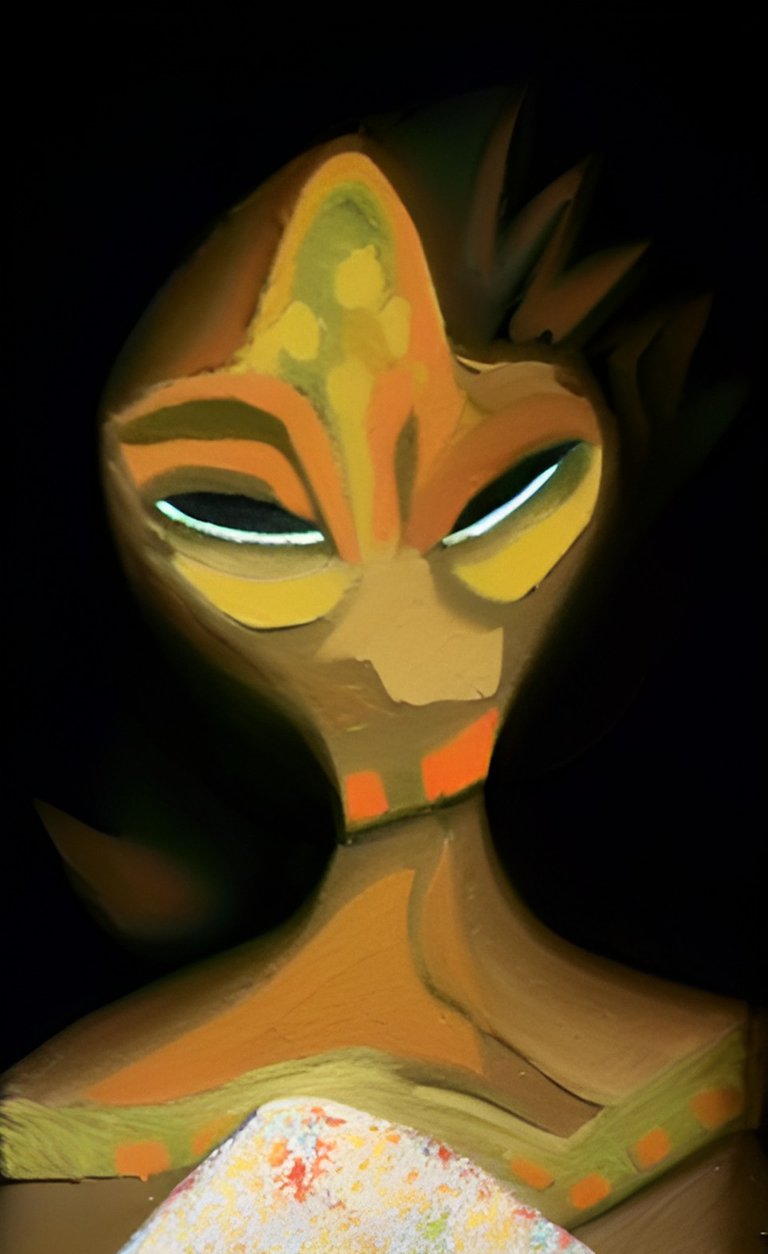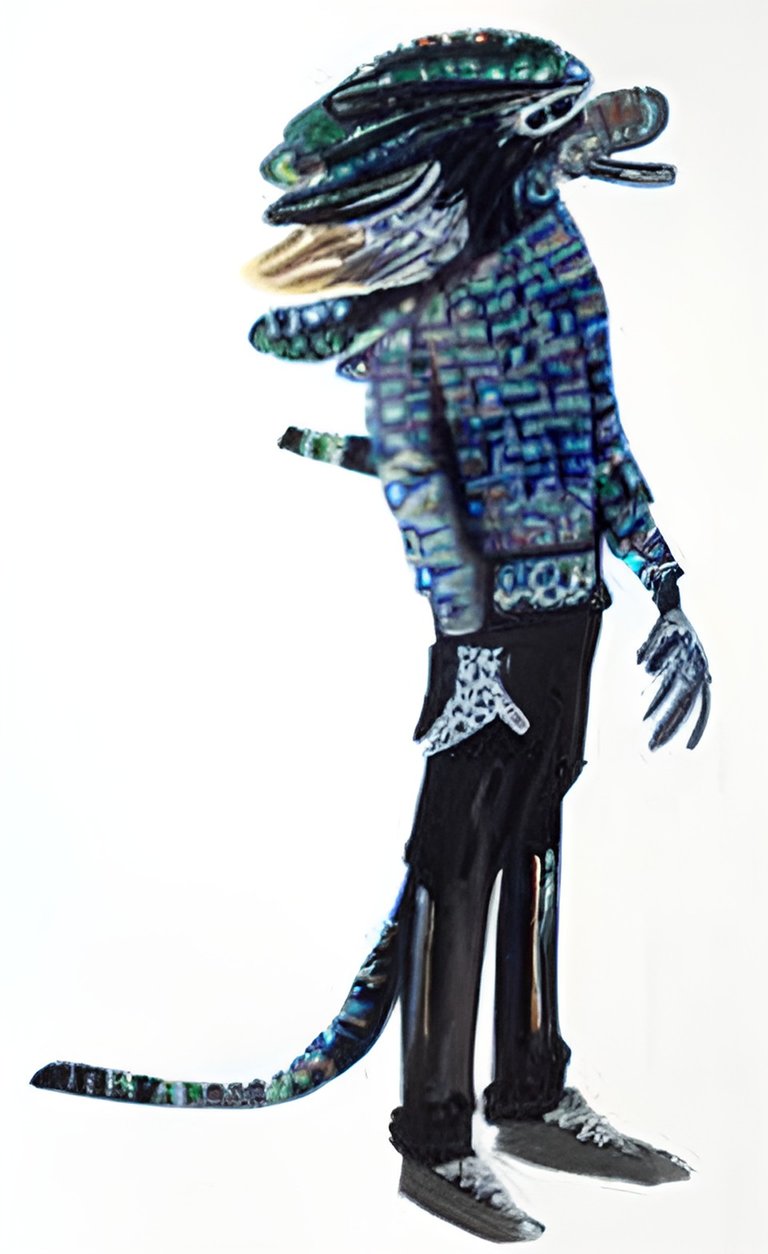
Many people have pondered the question of what alien life, if it exists, might be. Science fiction and Hollywood fuel the imagination, and they often portray aliens as humanoids. But is evolution compatible with these concepts? Scientists have long debated this question. Many people (especially children, filmmakers, and scientists) have asked what aliens (assuming they exist) would look like. Will they be human-like, or something that one can't even imagine? The answer lies in how we view the evolutionary process at its deepest level.

Hollywood has been instrumental in creating a large number of humanoid aliens in movies and books. This was unavoidable at the time, as there were no special effects and stunts were required to be performed by actors in alien costumes. A prime example is Alpha from the planet Melmark.
Despite the development of special effects allowing for the creation of any unprecedented creature, extraterrestrial beings often acquire human features in order to better connect with the inhabitants of Earth. This can be seen in the famous movie "Avatar".In contrast, the only life forms that can be studied are those found on Earth. All of these organisms have a common origin and probably a shared ancestor, believed to have given birth to over 20 million existing species of animals. Scientists are still striving to understand the nature of this ancestor.

Currently, the structure patterns of all organisms on the planet can be divided into 30 large groups. However, it is thought that before the Cambrian explosion, which occurred around 542 million years ago, an even broader variety of species existed. A prime example of this is the opabinia, a genus of fossil animals whose remains have been found in Cambrian period sediments. This creature had as many as five eyes located on the back of its head.
Thought experiments, like the one posed by Stephen Jay Gould, contemplate what would happen if we rewound the "tape of life" and started again. Gould argued that the history of evolution would be drastically different, with small changes potentially leading to drastic consequences. For example, the emergence of intelligent life as we know it today may have been determined by the chance survival of the creature, which gave rise to fish, amphibians, reptiles, mammals, and humans. But if this creature had perished, could another species have taken its place, potentially resulting in aliens with five eyes rather than two? This fragility of evolution raises an interesting question: if evolution is so fragile, then why would aliens, evolving on other planets, share any similarities to us?

Evolutionary biologist Simon Conway Morris has proposed that evolutionary convergence is the answer to why distantly related animals have similar traits. For example, the streamlined shape seen in dolphins, tuna, and extinct ichthyosaurs was developed independently of one another due to their need for fast swimming.Other scientists have demonstrated concern about the possibility of alternative biochemistries. Life on Earth is based on carbon, which forms stable and easily broken compounds with other elements. Other elements such as silicon, sulfur, and boron can also form compounds at terrestrial temperatures, thus broadening the concept of life.
Water or another solvent is also essential for life.
Moreover, a mechanism for storing and replicating information with moderate accuracy, like DNA or RNA, is also necessary for ongoing development.

It is conceivable that life could exist on other planets. It is possible that it could remain at the unicellular stage, like it did on Earth in the beginning. The first cells emerged on our planet billions of years ago, followed by a lengthy evolution of multicellular creatures.
When it comes to body structures, biologists often draw inspiration from animals on Earth. Most feed on primary producers or other animals, necessitating a body with a head, a tail and a mouth to grasp prey. To move on hard surfaces, the body must have special structures on the contact points, such as cilia, muscular feet or legs, which usually leads to bilateral symmetry - the same left-right body structure observed in most creatures belonging to the Bilateria group.

Despite all the arguments in favor of aliens being humanoid, no one knows for sure if they will be similar to humans. Many of our organs are paired due to our bilateral symmetry, but all other parts of our body are merely a result of chance. For instance, the fact we have five fingers and five toes is a consequence of our ancient ancestors having the same number. Other creatures related to us, though, rely on 7 and 8 digits. Evolutionary biology aims to uncover the functional and random development of organisms, which could offer a glimpse into how alien life may be different or similar to us.
Currently, the main approach to searching for intelligent life in space is to observe and analyse radio or gamma broadcasts. This method focuses on star systems with Earth-like planets, as scientists believe this is where life can exist.